How To Know If Someone Blocked You On iMessage? 5 Secret Hacks!
Apr 16, 2025

Apr 16, 2025

Apr 16, 2025

Apr 15, 2025

Apr 11, 2025

Apr 11, 2025

Apr 11, 2025

Apr 08, 2025

Mar 29, 2025
Sorry, but nothing matched your search "". Please try again with some different keywords.

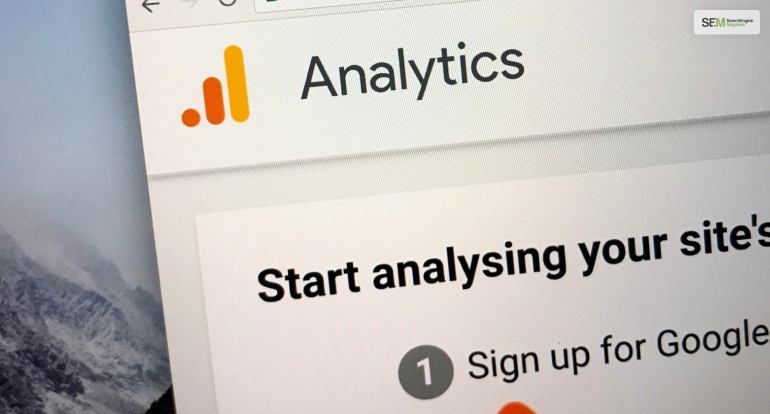
Question: When will google analytics be unable to identify sessions from the same user by default?
–
Answer: When the sessions happen in different browsers on the same device
Google Analytics can identify the sessions a user has spent on a website. Google Analytics users can use the session and other valuable information to monitor the performance of a website.
It has a feature called user identification that allows the analytics users to identify the sessions from the same user. Google Analytics has this feature as default. But google analytics might also be unable to track the session from the same user as a default feature.
If you have confusion about how Google Analytics tracks users’ sessions, you may take a look at the
Google Analytics cannot track the user session if the internet user uses a different browser or a different device. This happens due to Google’s process of using cookies for tracking user sessions. Cookies are small text files stored in the user’s browsers; google uses this data to track the user’s activities on the web browsers.
However, there are things that disrupt Google Analytics’ process of tracking the user session. Here are a few conditions which prevent Google from tracking users’ sessions and activity on Google.
Read More: What Report Shows Which Web Pages Get The Most Traffic And Highest Engagement?

The use of privacy-enhancing extensions and tools is increasing. People use different ad blockers to block cookies. Deleting cookies or blocking prevents g google from tracking the web browser activities on a user’s device. Google Analytics cannot track the user session of internet users when they use an ad blocker to block cookies or delete them on purpose.

Another thing that will disrupt google analytics’ process of tracking user sessions is private browsing or incognito mode. Both incognito mode and private browning are user privacy features allowing them to keep their session hidden on Google. These settings allow them not to store cookies or histories. Because of this, Google Analytics cannot track the user session on users’ devices.
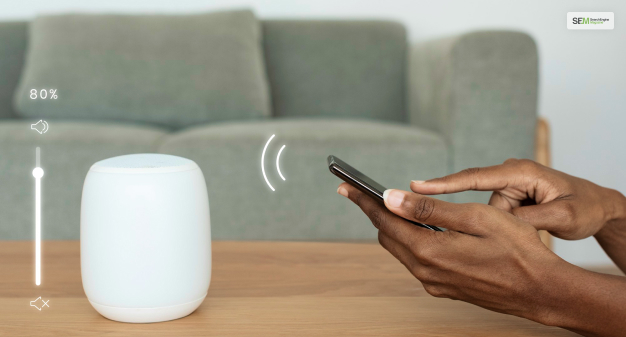
The rise of IoT devices and voice assist has changed how users communicate twitch the browsers. The rise of these processes and devices interrupts the traditional use of cookies to track users’ sessions. Also, users might use different devices to use the browsers – that is also interrupted by Google’s process to store and use cookies to track the user’s sessions.

Google’s privacy policies are always evolving, and they might change and affect Google Analytics’ process of tracking user sessions on Google.
However, there might be challenges. Google Analytics users can use different methods to overcome these challenges and make better user identification. Here are some processes that may help –
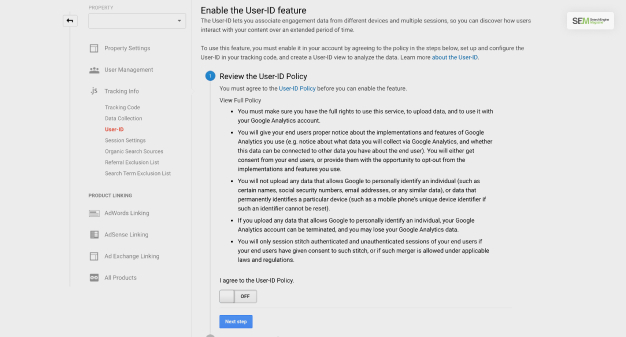
If you want to overcome the difficulties and get an accurate user session, you can use the User-ID Feature. This feature will require you to set up the process with additional work. The additional configuration is worth doing since it will help you track user sessions even when the users have ad blockers, or they delete the cookies.
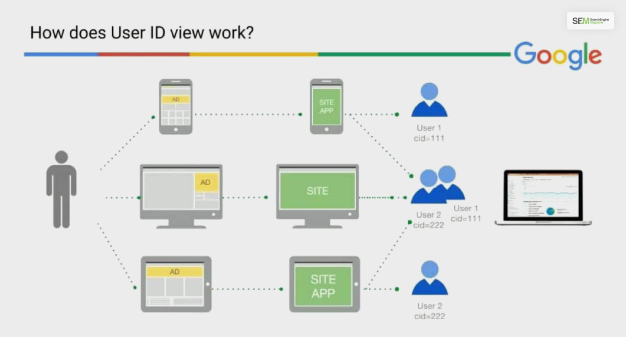
Another extra method you can use is to implement the cross-device tracking option. This method uses device fingerprints, browser fingerprints, and third-party cookies.
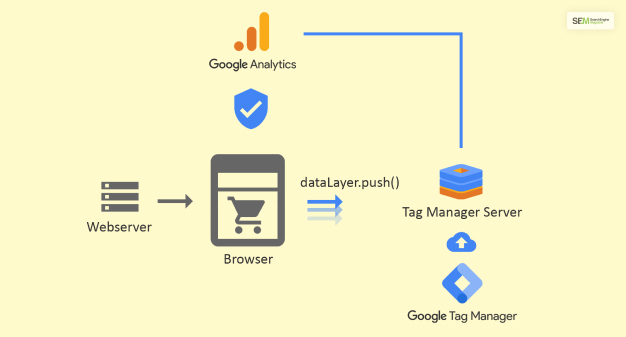
There are more alternatives to overcoming the challenges of identifying users. One of them is using server-side tracking. In this case, the tracking code needs to be executed on the server side, not on the user side. This is an effective way of tracking the users who usually block or delete cookies on their browsers.
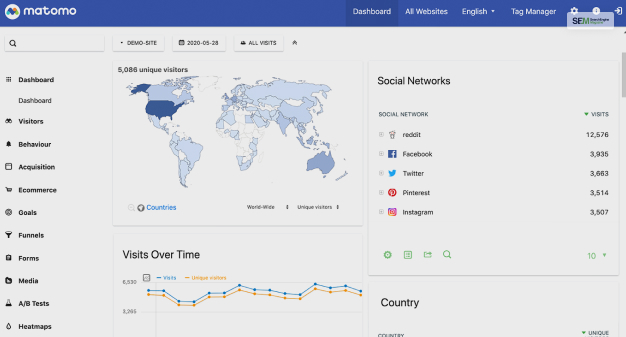
Google analytics users can also use different alternative tracking methods like using session replay, log-file analysis, or heat maps.
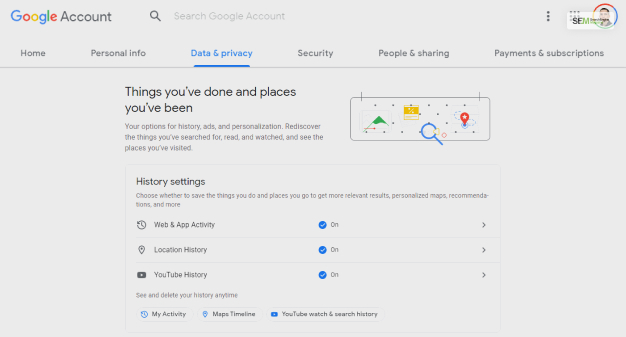
Google frequently keeps changing its tracking and data privacy policies. Keeping an eye on these changes will help you adjust to them and track users’ sessions accordingly. You can personalize your usage of Google analytics according to these changes.
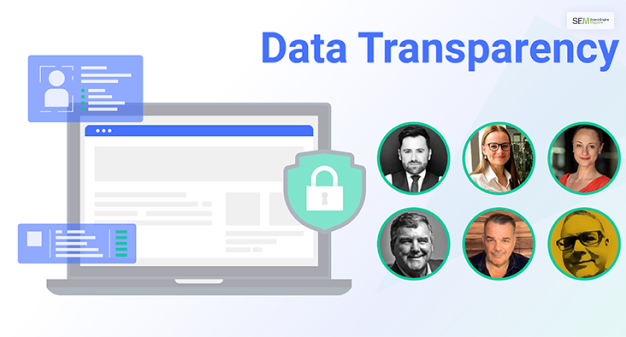
It is good to stay transparent about the data you collect from the users and how you use it. It is a way of increasing trust among your users and collecting data on their user sessions.
Read More: What Scope Levels Available For Dimensions And Metrics?
I hope that you have found the answer to your queries. However, here are some questions and answers you might want to read –
Ans: Website owners can sign up for Google Analytics for free by creating a Google Analytics account and adding a tracking code to their website. This tracking code of each page consists of a JavaScript page tag. This tag runs in each user’s web browser and collects data from Google’s server.
Ans: Google Analytics does not track all users on the internet. It only tracks users who visit websites that have installed the Google Analytics tracking code on their pages. When a user visits a website that has the tracking code installed, the tracking code sends data to Google Analytics about the user’s behavior on the website.
Ans: Yes, Google Analytics be able to recognize returning users across multiple devices. This is accomplished through the use of cookies, which are small text files that are stored on a user’s device when they visit a website.
Currently, Google Analytics has the capability to track user data and their session by default. However, due to the increasing use of ad blockers and privacy settings, this capability might get hindered. However, I hope you have found the right answer to your question, which is – When will google analytics be unable to identify sessions from the same user by default? However, if you have any further queries, you can ask them in the comment section. We will be sure to check them and answer as soon as we can.
Read Also:
Shahnawaz is a passionate and professional Content writer. He loves to read, write, draw and share his knowledge in different niches like Technology, Cryptocurrency, Travel, Social Media, Social Media Marketing, and Healthcare.
View all Posts
How To Know If Someone Blocked You On iMessag...
Apr 16, 2025
7 Website Design Mistakes That Are Hurting Yo...
Apr 16, 2025
Programmable Dynamic SEO for Location-Based P...
Apr 15, 2025
Google Boba Game: How To Play This Fun Game B...
Apr 11, 2025
Which Is The Best Video Search Engine Of 2025...
Apr 11, 2025

